Physical disabilities and health impairments Special Education Provision
6.1 Introduction
Lecture six takes you into another category of individuals with special needs. It defines and list categories of physical disabilities and health impairments, and describes the causes of each category. The lecture additional discusses characteristics of children with physical disabilities and health impairments and how to assist them in learning.
| OBJECTIVES OF THE LECTURE
At the end of the lecture students should be able to:
|
6.2 Physical Impairment (PI)
Peterson (1988) & Hallahan and Kauffman (1994) define physical impairment as the physical limitation or health problems which interfere with school attendance or learning to such extent that special services, training, equipment, materials or facilities are required.
Children with physical disabilities may also have other kind of disabilities or may be gifted and talented. There is a great range and variety of physical disabilities. Children may have congenital anomalies or they may acquire through accident or disease after birth.
They also put physical disabilities under several categories such as neurological impairments, cerebral palsy (CP), seizure disorder (epilepsy), spina bifida, traumatic head injury, musculoskeletal conditions, muscular dystrophy, juvenile rheumatoid arthritis, congenital malformations and accident conditions and child abuse and neglect.
6.2.1 Neurological Impairments
This is one of the common causes of physical disability due to damage to the central nervous system (the brain or spinal cord). Neurological impairment may occur before, during or after birth, and have many causes, including infectious diseases (polio or infantile paralysis), hypoxia (oxygen depletion), poisoning, congenital malformation (spina bifida) and physical trauma because of accident or abuse. The following are specific type of neurological impairments;
6.2.1.1 Cerebral Palsy (CP)
CP refers to a condition characterized by paralysis, weakness in coordination and/or other motor dysfunction because of damage to the child’s brain before it has matured. CP is caused by anything that can damage brain during the brain development. Maternal infections, chronic disease, physical trauma and maternal exposure to toxic substances before birth may lead to CP.
Brain injury during the birth process due to difficult or complicated labour also lead to CP. In short anything that leads to oxygen deprivation, poisoning, cerebral bleeding or direct brain trauma can be the possible causes of CP.
CP is classified according to the degree/severity of motor disability or paralysis. Hemiplegia (a condition in which one half of the body is paralyzed i.e. 35-40 %), diplegia (a condition in which the legs are paralyzed to the great extent than arms i.e. 10-20 %), quadriplegia (a condition in which arms and legs are paralyzed i.e. 15-20%) and paraplegia (a condition in which both legs are paralyzed i.e. 10-20%)
6.2.1.2 Seizure Disorder (Epilepsy)
This is a condition which occurs when there is an abnormal discharge of electrical energy in certain brain cells, leading to sudden alteration of consciousness accompanied by motor activity and /or sensory phenomena. Epilepsy can be caused by lack of sufficient oxygen in the brain (hypoxia), low blood sugar (hypoglycemia), infections and physical trauma.
6.2.1.3 Spina bifida
Spina bifida is the congenital midline defect resulting from the failure of bony spinal column to close completely during fetal development. This is usually accompanied by the paralysis of the leg and occurs before the baby is born.
6.2.1.4 Traumatic Head Injury
This is an increasingly frequent cause of neurological impairments as a result of accidents (car, motorcycle, falls and child abuse). Traumatic head injury results in brain injury which may range from mild to profound. This may affect emotional and social behaviours as well as physical and cognitive functioning.
6.2.1.5 Musculoskeletal Conditions
Some children are physically disabled because of defects or diseases of the muscles or bones .The condition may be congenital or acquired and most of the time it involve arms ,joints or spine making it difficult for the child to walk ,stand ,sit or use his/her hands. The most common musculoskeletal conditions are:
6.2.1.6 Muscular Dystrophy
This is a hereditary diseases characterized by a progressive weakness caused by degenerative muscular tissue. Problems associated with muscular dystrophy are impairment of physical mobility and in advanced cases, complications involving the bones and other body systems occurs.
6.2.1.7 Juvenile Rheumatoid Arthritis
This is a disease which can be found in people of all ages. It is a systematic disease with major symptoms involving the muscles and joints swelling and stiffness associated with severe pains and other problems like fever, respiratory problems, heart problems and eye infections.
6.2.1.8 Congenital Malformations
Some children are born with defects or malformation of any body part or organ system. Some congenital anomalies are not noticed at birth but discovered during the first year. Common malformations are of the heart and/ or blood vessels leading to or from heart.
Another condition is congenital dislocation of the hip which occurs about 1.5 of every 1,000 live births, eight times more females than males. Congenital malformation can range from mild to profound. The causes of physical malformations could be genetic that is the child is destined to be malformed from conception because of chromosomes contributed by parents. Other malformations occur during fetal development due to viruses, bacteria, radiation or chemical substances (teratogens).
6.2.1.9 Accident Conditions and Child Abuse and Neglect
Accidents, child abuse and neglect have been accounted for some physical and neurological impairment conditions. Falling, burning, poisoning and other motorcycle accidents are some of the ways children and youth acquire disabilities (neurological impairment as well as disfigurement or amputation).Moreover, child abuse and neglect may lead to permanent neurological damage, other internal injuries, skeletal deformity, facial disfigurement, sensory impairment or death.
6.3 Health Impairments (HI)
Peterson(1987) regards a child as having health impairment if he or she has limited strength, vitality or alertness, including a heightened alertness to environmental stimuli that results in limited alertness with respect to the educational environment that is due to the following reasons: chronic or acute health problems such as asthma, diabetes, epilepsy, a heart condition, hemophilia, lead poison leukemia, rheumatic fever and sickle cell anemia and other conditions that adversely affect a child’s educations performance.
To describe all acute or chronic health impairments that pose serious threat to the development of the child is not easy; therefore few disorders are going to be presented here. They include leukemia, congenital heart condition, sickle cell anemia, juvenile diabetes mellitus, asthma, cystic fibrosis, epilepsy and Acquired Immunodeficiency Syndrome (AIDS).
A child is regarded as having health impairment if he or she has limited strength, vitality or alertness, including a heightened alertness to environmental stimuli that results in limited alertness with respect to the educational environment that is due to the following reasons:
Chronic or acute health problems such as asthma, diabetes, epilepsy, a heart condition, hemophilia, lead poison leukemia, rheumatic fever and sickle cell anemia and other conditions that adversely affect a child’s educations performance. To describe all acute or chronic health impairments that pose serious threat to the development of the child is not easy; therefore few disorders are going to be presented here.
6.3.1 Leukemia
This is the most common forms of childhood cancer. It involves the overproduction or abnormal formation of white blood cells. Children with leukemia may show a variety of symptoms such as fatigue, paleness, fever, weight loss, pain in the joints and excessive bruising.
6.3.2 Congenital Heart Condition
Any defect of the heart or circulatory system at birth is called congenital heart disease. If the condition occurs after birth is known as acquired cardiovascular disorder. Congenital defects occur during the first trimester of the embryonic development, when the heart and circulatory system are being formed. The defects are generally caused by genetic abnormalities, diseases such as rubella and toxic substances during pregnancy.
6.3.3 Sickle Cell Anemia
This condition is caused by defective recessive gene. The disease result in production of defective hemoglobin, in which the shape of red blood cells is a distorted crescent, or sickle. These cells do not pass easily through the blood vessels; the blood supply to body tissue can be cut off or reduced considerably. Many children with these diseases die before age 20 from complications such as cerebral hemorrhage or kidney failure.
6.3.4 Juvenile Diabetes Mellitus
This is an inherited disorder, which is characterized by the inadequate and improper metabolism of sugar and carbohydrates caused by inability of the pancreas to produce insulin. When the insulin is lacking, glucose levels in the blood increase, eventually reaching an excess that cannot be extracted by the kidneys. Excessive urination is one of the first signs of the disease, as a result the child tend to be constantly thirsty and to drink huge amount of fluid and a lot of food but show weight loss, tiredness and weakness.
6.3.5 Asthma
This is a condition affecting an individual’s breathing. The condition usually has three features which are swollen lungs, difficulty in breathing and the negative reaction of the airways to a variety of environmental conditions such as dust, smoke, cold air and exercise. Asthma can cause acute constriction of the bronchial tubes therefore children with asthma need accurate diagnosis and treatment plans from appropriate medical personnel.
6.3.6 Cystic Fibrosis
This is the most frequently occurring fatal genetic disease which causes severe respiratory and digestive problems. Children with cystic fibrosis cough frequently and they have increased risk of respiratory infections or pneumonia. They also have frequent and larger bowel movements because of the alteration in digestive functions which creates intestinal gas and cause abdomen to be distended and protruding.
6.3.7 Epilepsy
This is a condition which occurs when there is an abnormal discharge of electrical energy in certain brain cells, leading to sudden alteration of consciousness accompanied by motor activity and /or sensory phenomena. Epilepsy is caused by lack of sufficient oxygen in the brain (hypoxia), low blood sugar (hypoglycemia), infections and physical trauma. With proper medical a child can live a normal life and performs satisfactorily in academics.
6.3.8 Acquired Immunodeficiency Syndrome (AIDS)
This is the breakdown of the body’s immune system caused by human immunodeficiency virus (HIV). Ninety percent of cases in children are the result of virus being transmitted from the infected mother during pregnancy, the birth process or breast feeding. The perspective for infected child is grim, severe developmental delays, brain damage and early death.
6.4 Identification of Children with Physical and Health Impairment
Children with physical and health impairment are usually identified by physicians such as pediatricians, neurologists, who specialized in the brain, spinal cord and nervous system; and orthopedists and orthopedic surgeons who deal with muscle function and conditions of the joints and bones. Identification process involves a medical evaluation, including medical and developmental history, physical examination, and laboratory tests or other special procedures needed for accurate diagnosis.
6. 5 Instructional Strategies
Children with physical disabilities and health impairments are usually taught in inclusive classroom with their peers although educating them may require modifications and different methods of teaching depending on type of physical disability and health condition. Since some conditions affect children in the classroom, the teacher should gather specific information about each child and his or her disability. Apart from the specific disability; some common strategies apply when teaching students with physical disabilities and health impairments:
- A special sitting arrangement is important to meet stu
dents’ needs. They may require special chairs, lowered and wide tables on which to write on and put other learning materials, spaces for wheelchair and other medical equipments. Wheelchair users should be put in the front row if they are the part of the regular classroom.
- Establish eye contacts with the students with upper body weakness. For example some students may wish to contribute in the class discussion but fail to raise their hands.
- Make sure accommodation is in place for in class written work that is teachers should allow students to use a scribe, adaptive computer technology or to complete the assignment outside the class.
- The teacher should be flexible with the deadlines because assignments that require library work or access to sites off campus will consume more time for a student with physical and health impairment.
- It is important to bear in mind that for reasons beyond their control, students with severe physical and health impairment may be late to class because of the inability to move quickly from one place to another or some obstacles in the schools such as staircases etC
| SUMMARY
The lecture described physical and health impaiment as the physical limitation or health problems which interfere with school attendance or learning to such extent that special service, training, equipment, materials or facilities are required. Categories of physical disabilities include neurological impairments, musculoskeletal conditions and accident conditions and child abuse and neglect. Additionally ,cerebral palsy (cp), seizure disorder (epilepsy), spina bifida, traumatic head injury are conditions that fall under neurological impairments while muscular dystrophy, juvenile rheumatoid arthritis, congenital malformations fall under musculoskeletal conditions. Accidents such as falling, burning, poisoning and child abuse and neglect are also accounted for some physical and neurological impairment conditions. The child is regarded as having health impairment if he or she has limited strength, vitality or alertness, including a heightened alertness to environmental stimuli that results in limited alertness with respect to the educational environment .Few conditions that pose a serious threat to the child’s development discussed here are leukemia, congenital heart condition, sickle cell anemia, juvenile diabetes mellitus, asthma, cystic fibrosis, epilepsy and Acquired Immunodeficiency Syndrome (AIDS). Children with physical and health impairment are usually identified by physicians such as pediatricians, neurologists and orthopedic surgeons. Identification involves a medical evaluation, including medical and developmental history, physical examination, and laboratory tests or other special procedures needed for accurate diagnosis. Moreover, children with health and physical impairment can be taught in inclusive classroom although some modification can be required depending on the problem. Common techniques to be used are special sitting arrangement and equipment, eye contact with children with upper body weakness, teacher’s flexibility in deadlines. |

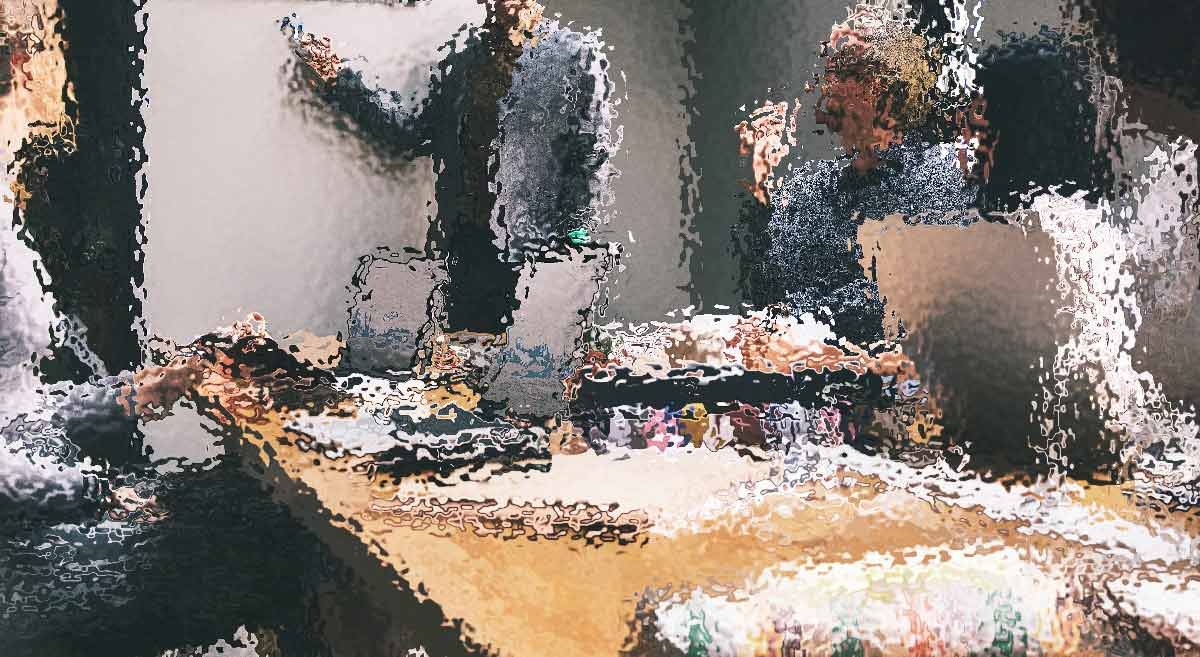


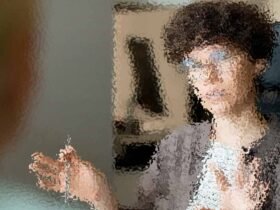
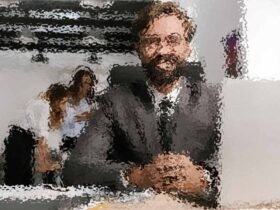
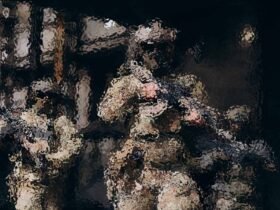
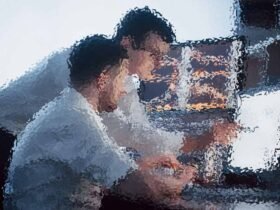
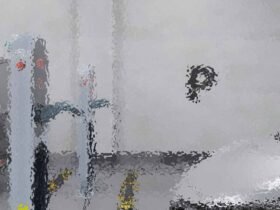


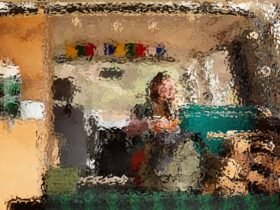




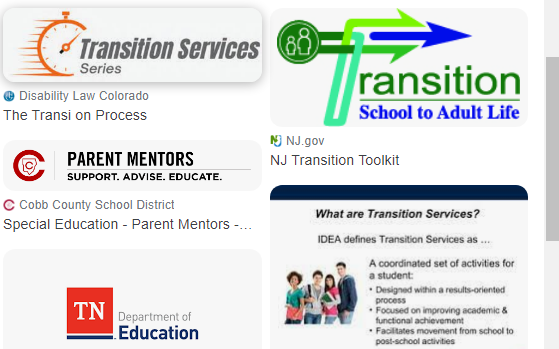
Leave a Reply